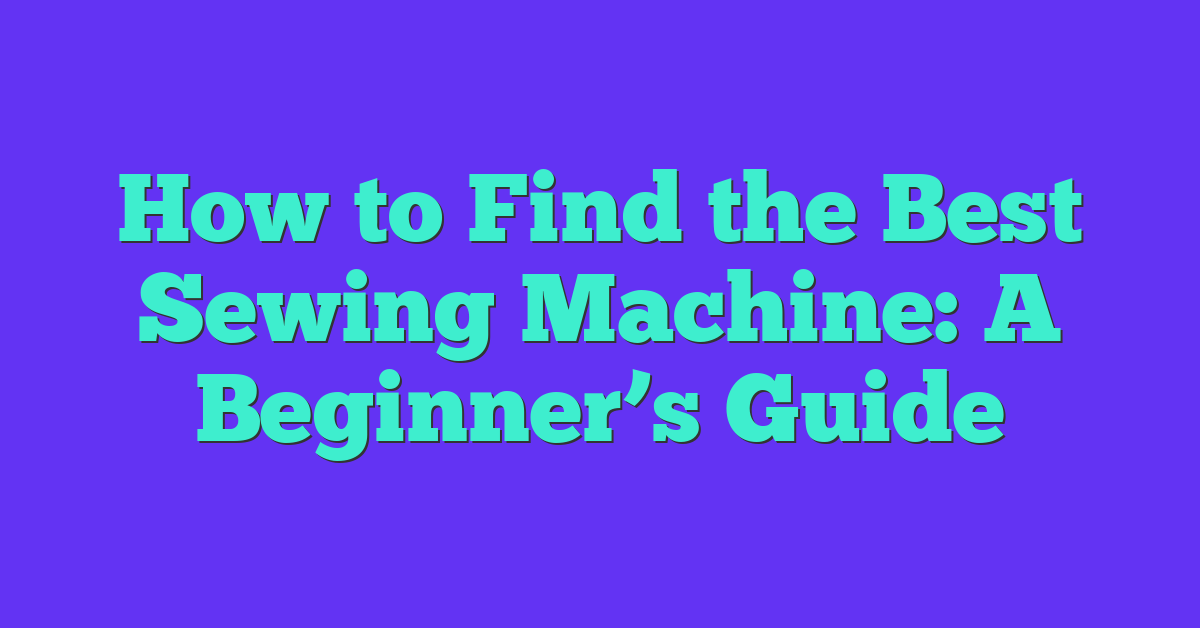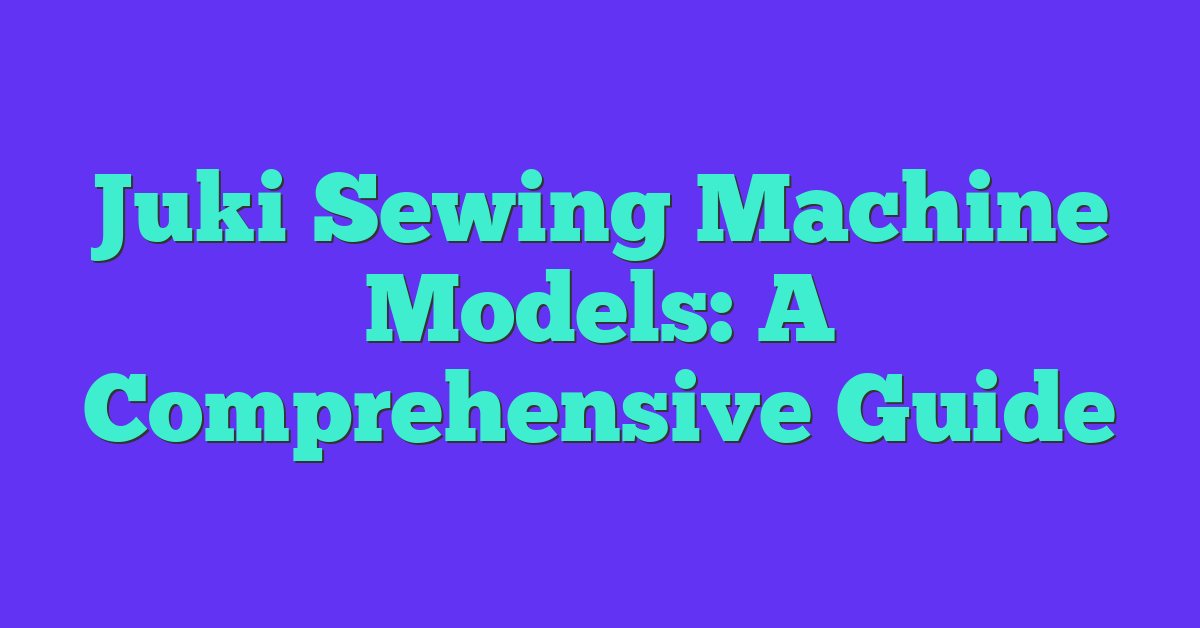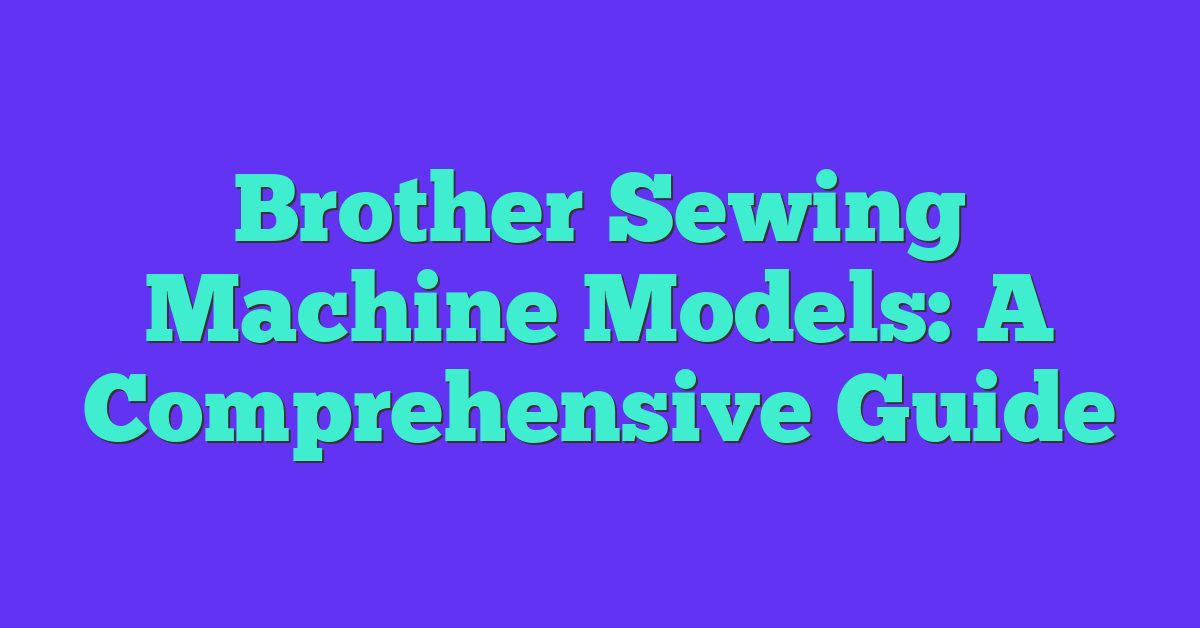Embroidery is such a wonderful way to bring your creative visions to life. Choosing the right thread can make all the difference in achieving those vibrant designs you’re dreaming of.
Over the years I’ve experimented with countless threads and discovered some that really stand out. Whether you’re a beginner or a seasoned stitcher, the right thread can elevate your embroidery projects to new levels of color and texture.
Discovering the top embroidery threads has transformed the way I approach my designs. Let’s dive into some of the best options to help you create stunning vibrant artwork.
Best Embroidery Threads Overview
Choosing the right embroidery thread enhances vibrant designs. I focus on thread types that offer durability, colorfastness, and smooth texture. Below are the top options:
Types of Embroidery Threads
- Cotton Threads
- Example: DMC 310
- Soft texture, ideal for detailed designs.
- Excellent color variety.
- Silk Threads
- Example: Sulky Silk Metallic
- Shiny finish, perfect for elegant projects.
- Strong yet delicate.
- Polyester Threads
- Example: Madeira Polyneon
- High durability, vibrant colors.
- Resistant to fading and fraying.
- Metallic Threads
- Example: Coats Heirloom Metallic
- Adds shimmer and highlights.
- Best for accentuating specific areas.
Comparative Features
| Thread Type | Durability | Color Variety | Texture | Best For |
|---|---|---|---|---|
| Cotton | High | Extensive | Soft | Detailed, everyday projects |
| Silk | Medium | Moderate | Shiny | Elegant, decorative designs |
| Polyester | Very High | Wide | Smooth | Bold, vibrant artwork |
| Metallic | Low | Limited | Sparkling | Accents and highlights |
Selecting from these threads ensures vibrant and lasting embroidery projects. Each type offers unique benefits tailored to different design needs.
Key Factors for Vibrant Designs
Creating vibrant embroidery designs relies on key thread attributes. I focus on color selection and thread quality to ensure each project stands out.
Color Selection and Variety
Selecting threads with extensive color options ensures precise design execution. I choose brands offering over 350 shades, enabling detailed color matching and gradients. For example, DMC provides a wide spectrum, while Madeira Hexacolor features vibrant, fade-resistant hues ideal for lasting artwork.
Thread Material and Quality
Thread material impacts vibrancy and longevity of designs. I prefer polyester for its high sheen and durability, perfect for bold colors and frequent washing. Cotton threads offer smooth texture and colorfastness, suitable for intricate patterns. Additionally, silk threads enhance designs with a luxurious finish, while metallic threads add eye-catching accents.
Top Embroidery Thread Brands
Choosing the right brand can make all the difference in your embroidery projects. Here are my top picks for embroidery thread brands that deliver vibrant and durable results.
DMC
DMC is renowned for its extensive color palette and high-quality cotton threads. With over 400 shades available, I find it easy to match any design accurately. Their DMC 310 thread is a favorite for its smooth texture and resistance to fraying, making it perfect for detailed work. Additionally, DMC threads are machine-friendly, ensuring they perform well in both hand and machine embroidery.
Madeira
Madeira stands out with its Polyneon and Neon thread lines, offering exceptional color vibrancy and durability. The Polyneon range features polyester threads that resist fading and maintain their sheen over time, ideal for long-lasting designs. For those seeking bright, eye-catching colors, Madeira’s Neon threads provide intense hues that pop on any fabric. Their threads glide smoothly through fabric, reducing tangling and breakage during stitching.
Coats
Coats offers a diverse selection of threads, including their popular Heirloom Metallic line. These metallic threads add a stunning shimmer to embroidery, perfect for accentuating specific design elements. Coats threads are known for their strength and colorfastness, ensuring your projects remain vibrant wash after wash. Their wide range of colors and finishes allows for creative flexibility in various embroidery styles.
Comparing Different Thread Types
When choosing the right thread, I consider factors like durability, color variety, and texture to achieve vibrant embroidery designs. Here’s a comparison of the main thread types:
Thread Types Overview
Cotton Threads
- Durability: High
- Color Variety: 400+ shades
- Texture: Soft and smooth
- Ideal For: Detailed and traditional designs
Silk Threads
- Durability: Moderate
- Color Variety: 200+ shades
- Texture: Lustrous and glossy
- Ideal For: Elegant and luxurious projects
Polyester Threads
- Durability: Excellent
- Color Variety: 300+ shades
- Texture: Shiny and strong
- Ideal For: Vibrant and long-lasting designs
Metallic Threads
- Durability: Variable
- Color Variety: 50+ shades
- Texture: Shimmering and reflective
- Ideal For: Accents and eye-catching highlights
Comparative Table
| Thread Type | Durability | Color Variety | Texture | Best For |
|---|---|---|---|---|
| Cotton | High | 400+ shades | Soft and smooth | Detailed, traditional designs |
| Silk | Moderate | 200+ shades | Lustrous | Elegant, luxurious projects |
| Polyester | Excellent | 300+ shades | Shiny and strong | Vibrant, long-lasting designs |
| Metallic | Variable | 50+ shades | Shimmering | Accents and highlights |
Key Considerations
- Durability: Polyester threads stand out for their strength, making them ideal for pieces that need to last. Cotton also offers high durability, suitable for everyday items.
- Color Variety: Cotton threads like DMC provide over 400 shades, ensuring precise color matching. Polyester offers a broad range too, while metallic threads have fewer options but add unique shimmer.
- Texture: Silk threads add a glossy finish, enhancing the elegance of designs. In contrast, cotton threads provide a smooth base, perfect for intricate detailing.
- Best Uses: I prefer polyester for projects requiring vibrant and enduring colors. For special accents, metallic threads deliver the necessary sparkle without overwhelming the design.
By understanding these differences, I select threads that best match my project’s needs, ensuring each embroidery piece is both vibrant and durable.

Tips for Achieving Vibrant Embroidery
Choose High-Quality Threads
Selecting premium threads ensures color brightness and durability. I prefer brands like DMC for their extensive color range and Madeira for their vibrant Polyneon line.
Select the Right Thread Type
Different projects benefit from specific thread types. Use cotton threads for detailed work, silk for a lustrous finish, polyester for vibrant and resilient designs, and metallic threads to add shimmer.
Optimize Color Selection
Pick colors that complement each other and the fabric. I often use color wheels to create harmonious palettes and ensure each hue stands out.
Use Proper Tension
Maintaining consistent tension prevents thread breakage and promotes even stitches. I regularly check my tension settings to achieve smooth, vibrant results.
Incorporate Layering Techniques
Layering threads can add depth and richness to your designs. Combining different thread types, like cotton and metallic, enhances visual interest.
Maintain Clean Fabric
« Join the Sewing Challenge: Create a Summer Accessory and Win Amazing Prizes
Top 5 Knit Fabric Brands for Unmatched Stretch – You Won’t Believe 3 »
Ensure your fabric is clean and taut before starting. I always press my fabric to remove wrinkles, which helps colors appear more vibrant and stitches lay flat.
Utilize Proper Lighting
Good lighting reveals true thread colors and details. I work in well-lit spaces to accurately assess my embroidery and make necessary adjustments.
Experiment with Thread Blends
Mixing threads can create unique color effects and textures. I experiment with blending cotton and polyester threads to achieve the perfect balance of sheen and durability.
Protect Your Work
Store your embroidery away from direct sunlight to prevent color fading. I keep my projects in cool, dark places to maintain their vibrancy over time.
Practice Regularly
Consistent practice hones your skills and improves your ability to create vibrant embroidery. I dedicate time each week to practice different techniques and experiment with new threads.
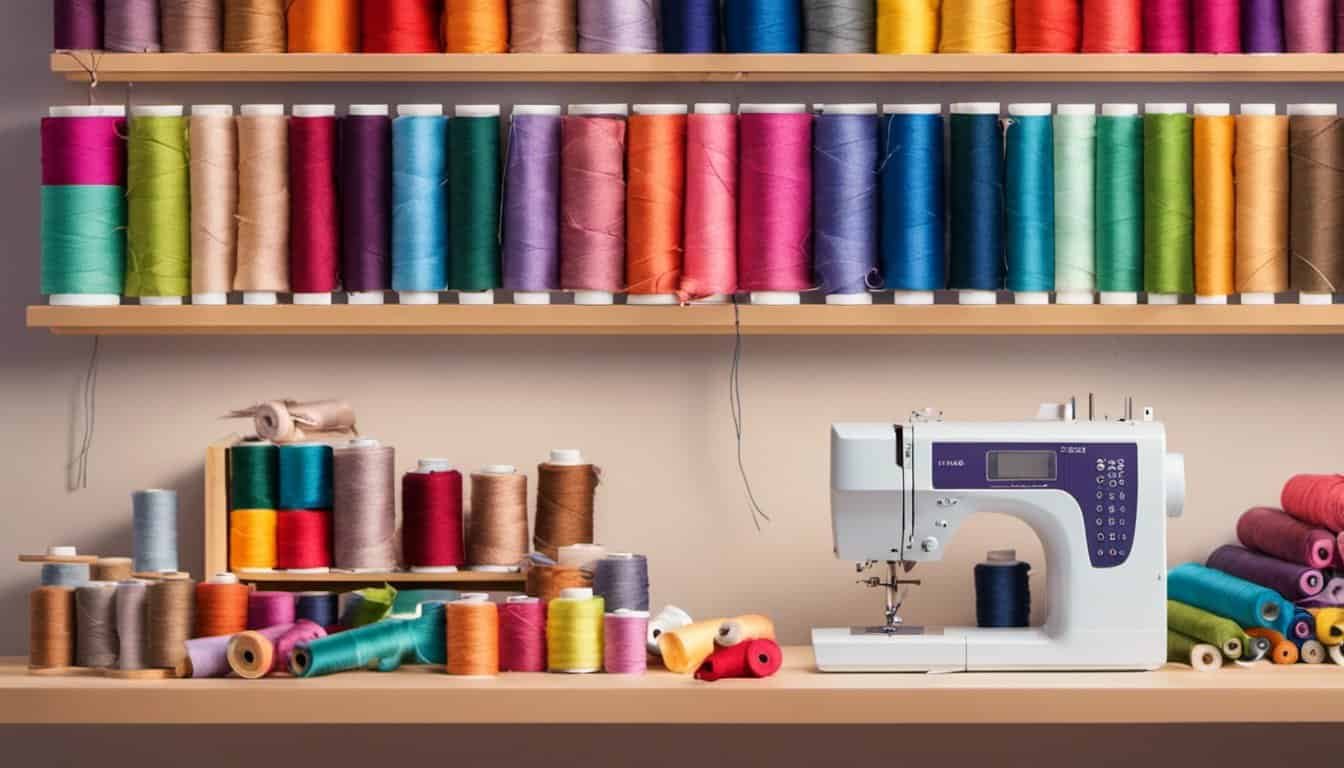
Maintain Your Tools
Keep your needles sharp and your workspace organized. I regularly sharpen my needles and arrange my threads by color to streamline my embroidery process.
Use Stabilizers When Needed
Applying stabilizers supports your fabric and maintains stitch integrity. I use tear-away stabilizers for intricate designs to ensure each thread stands out.
Choose Appropriate Fabric
Select fabrics that complement your thread choice. I use high-quality cotton for detailed embroidery and silk for projects requiring a shiny finish.
Monitor Thread Storage
Store threads in a cool, dry place to prevent fading and tangling. I keep my threads in labeled containers to protect their colors and extend their lifespan.
Adjust Stitch Density
Varying stitch density can enhance color vibrancy and texture. I adjust my stitch patterns to add dimension and make colors pop in my designs.
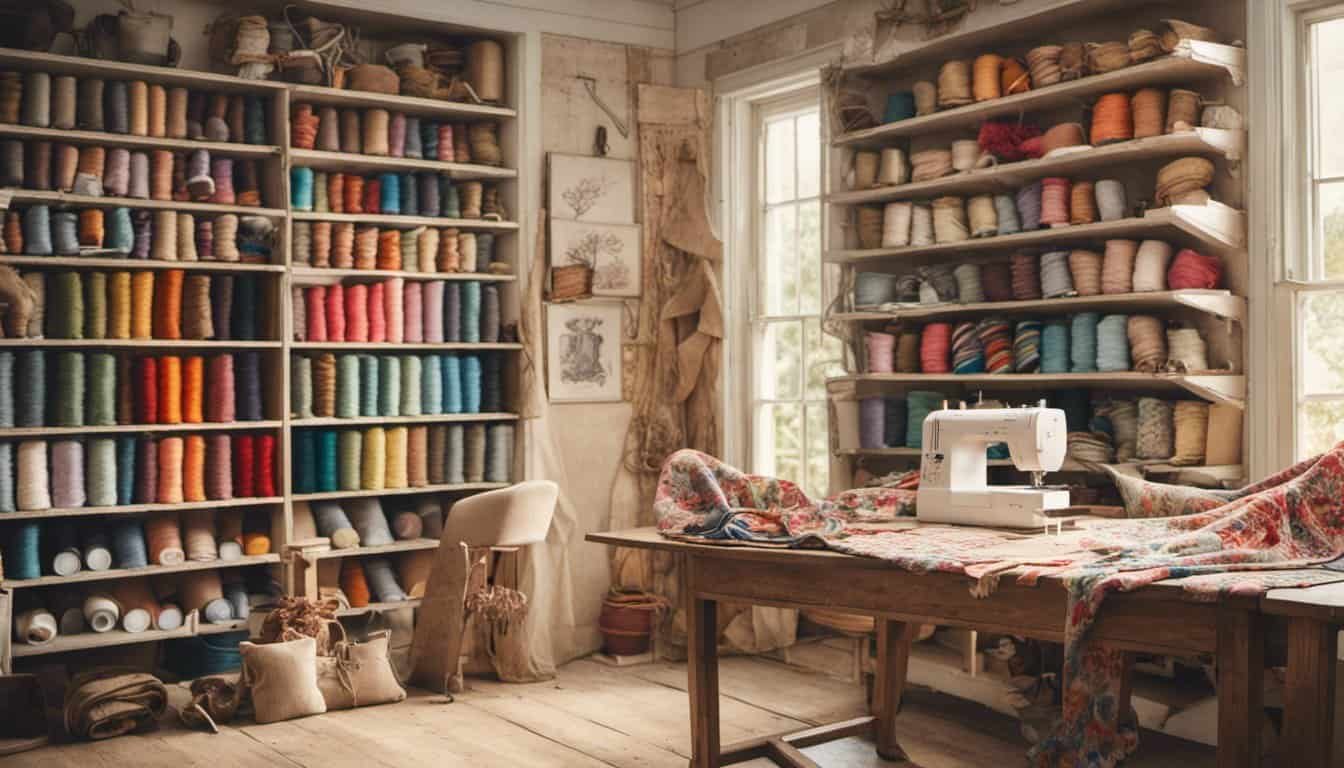
Incorporate Filler Stitches
Using filler stitches can create a solid background that makes main colors more vibrant. I apply satin stitches or long and short techniques to achieve a rich, even base.
Select Contrasting Colors
Choosing contrasting colors can make your design elements stand out. I strategically use complementary colors to highlight specific areas of my embroidery.
Control Humidity Levels
Maintaining optimal humidity prevents thread fraying and color distortion. I keep my workspace at a stable humidity level to ensure my threads remain in perfect condition.
Utilize Thread Shading
Shading with different thread tones adds depth and realism to your embroidery. I blend lighter and darker shades to create a three-dimensional effect in my designs.
Plan Your Design Layout
A well-planned layout ensures balanced color distribution and vibrant results. I sketch my designs beforehand to map out color placement and thread usage effectively.

Experiment with Different Weaves
Exploring various stitch patterns can enhance color vibrancy and texture. I try different weaving techniques to find the best method for highlighting my thread choices.
By following these tips, I achieve vibrant and stunning embroidery designs that stand out with color and craftsmanship.
Conclusion
Choosing the right embroidery threads has truly transformed my projects. The perfect colors and textures bring designs to life and make every stitch count. Exploring different thread types helps me discover what works best for each unique project.
Whether you’re just starting out or looking to elevate your embroidery, experimenting with various threads can make a big difference. I encourage you to try out different options and watch your creative vision shine. Happy stitching!















